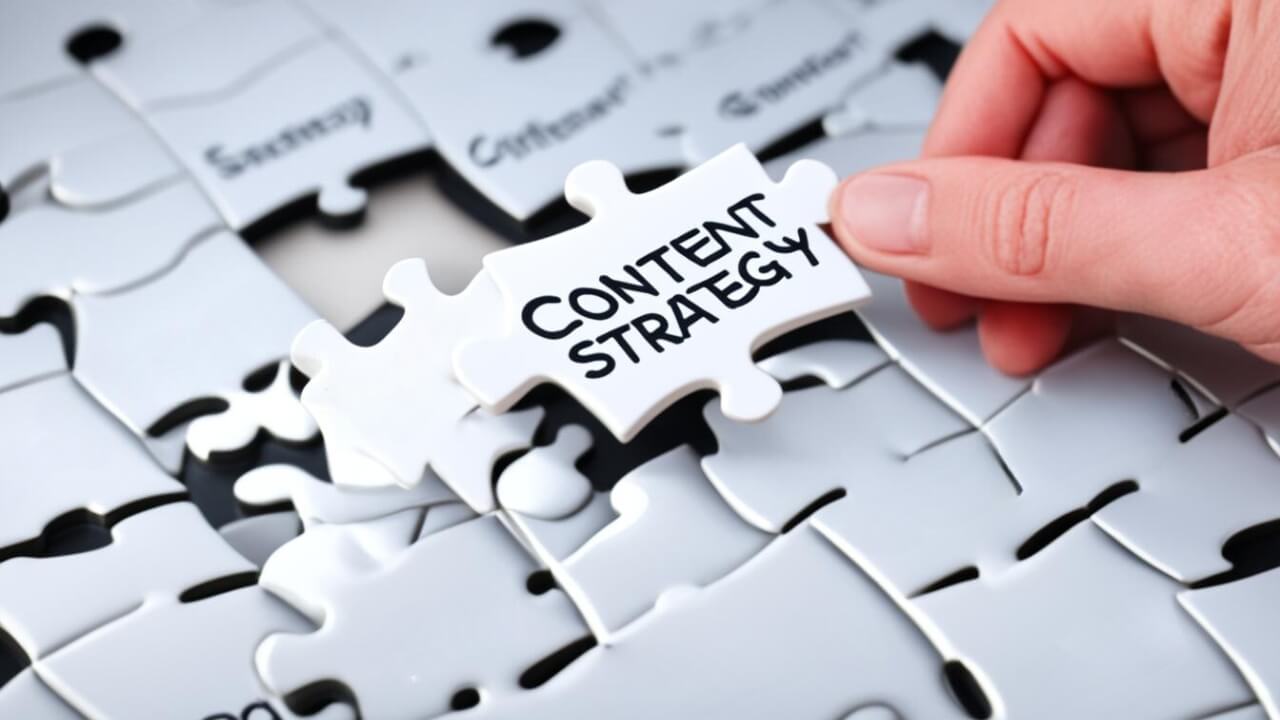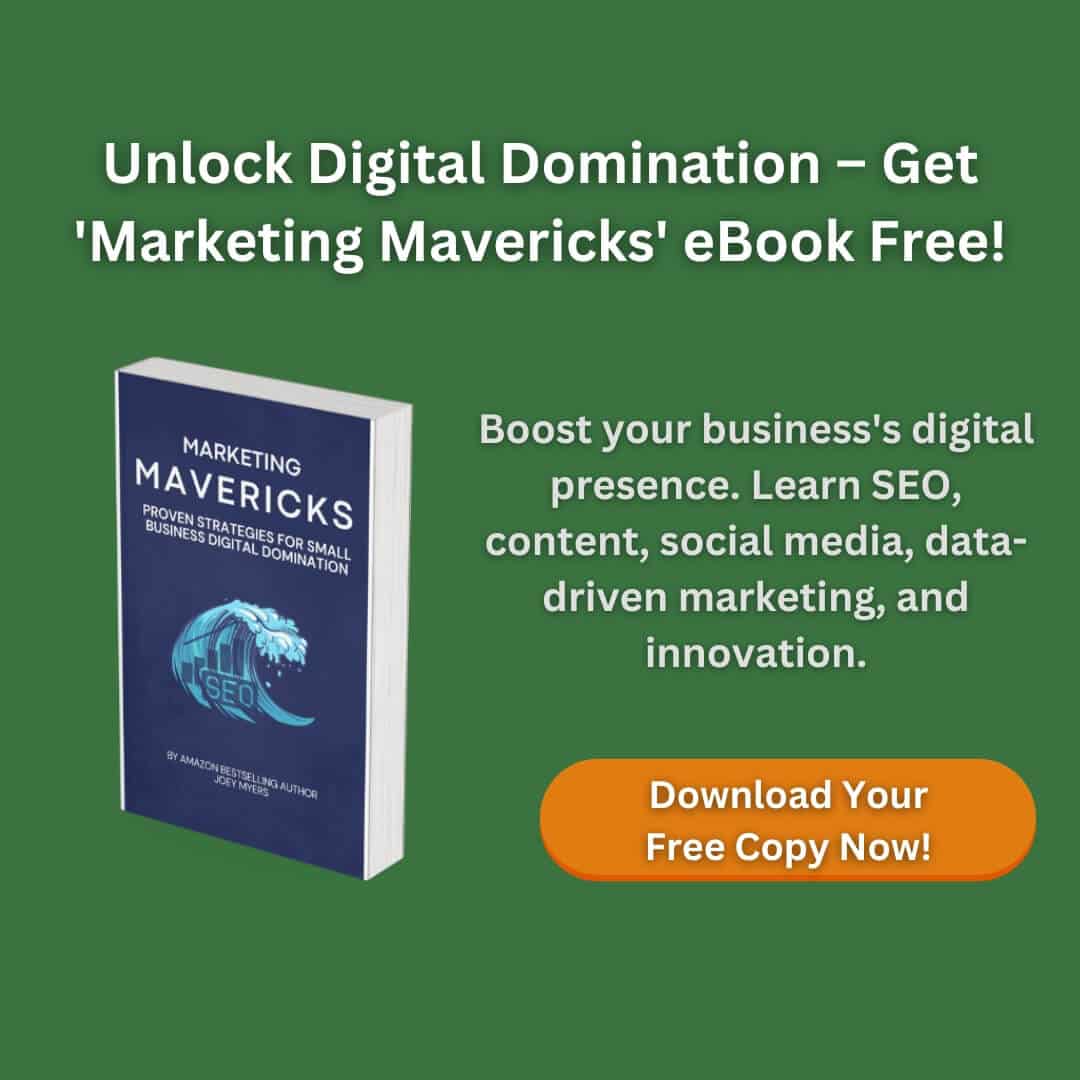Stop Chasing Traffic: How Fewer Visitors Can Lead to Higher Conversion Rates
In today’s digital world, content marketing is key for businesses wanting to see real results and a strong return on investment (ROI). It doesn’t matter if you’re a small startup or a big company. Having a good content marketing strategy is crucial. It helps grab your audience’s attention, build loyalty, and increase your conversion rates.
This article will show you how to make a winning content marketing strategy. You’ll learn how to boost your ROI and conversion rates. By focusing on quality content, setting clear goals, and using strategic content creation and distribution, you can make a content marketing plan that works for your business.
Key Takeaways
- Discover the value of a well-executed content marketing strategy for driving ROI and conversion rates
- Learn how to define clear, measurable goals for your content marketing efforts
- Understand the importance of creating buyer personas and tailoring content to your target audience
- Explore the most effective content formats and distribution channels for maximum impact
- Gain insights into measuring and analyzing the performance of your content marketing strategy
The Power of Content Marketing
In today’s fast-paced digital world, content marketing is key for businesses to connect with their audience. It helps build brand awareness and increase conversions. High-quality, informative content is essential for a strong content marketing plan.
Understand the Value of Quality Content
Quality content is crucial for a successful content marketing strategy. It educates and informs your audience, making your brand a trusted authority. By consistently creating content marketing benefits, you can keep a loyal audience and boost content marketing value for your business.
Benefits of a Well-Executed Content Strategy
A detailed content strategy best practices brings many benefits. It can increase website traffic, generate more leads, and build stronger customer loyalty. A well-thought-out content marketing plan can change the game. By focusing on quality content, you can engage your audience, build meaningful connections, and see real business growth.
“Content is the fuel that powers the engine of content marketing. By creating valuable, informative content, businesses can establish themselves as thought leaders and trusted resources in their industry.”
Defining Your Content Marketing Goals
Setting clear and measurable content marketing goals is key to success. Your goals might be to boost brand awareness, get more leads, or keep customers coming back. It’s important to set SMART (Specific, Measurable, Achievable, Relevant, and Time-bound) goals that match your business aims.
Defining your content strategy objectives helps you make a plan that works. This way, you can focus your efforts, use your resources well, and see how you’re doing over time.
- First, figure out your main content marketing goals. Are you trying to get more website visitors, increase social media engagement, or turn more leads into customers?
- Make sure your goals are SMART. They should be Specific, Measurable, Achievable, Relevant, and Time-bound. For instance, “Increase website traffic by 20% in 6 months” is SMART. But “Improve online presence” is too vague.
- Link your content marketing goals with your business goals. If your company wants to enter a new market, your content should speak to that audience.
With clear and measurable content marketing goals, you can craft a strategy that gets real results and makes the most of your investment.
| Goal | Metric | Target | Timeline |
|---|---|---|---|
| Increase brand awareness | Social media followers | 25% increase | 6 months |
| Generate more leads | Lead conversion rate | 15% increase | 3 months |
| Improve customer retention | Customer churn rate | 10% decrease | 1 year |
Remember, content marketing goals should fit your business’s unique needs and hurdles. By setting SMART goals that match your strategy, you can make a content plan that shows real results and grows your business.
“The key to successful content marketing is to define clear, measurable goals that support your overall business objectives.” – Content Marketing Institute
Creating a Buyer Persona
To make a great content marketing plan, you need to really know who you’re talking to. This is why making buyer personas is key. A buyer persona is like a pretend version of your perfect customer, based on real data from your current customers.
Understanding Your Target Audience
Starting with deep research on your audience is crucial for making buyer personas. You’ll learn about their age, what they care about, and what they need. This helps you make content that really speaks to them.
Tailoring Content to Buyer Personas
With a clear buyer persona, you can make content that hits the mark with your audience. This means making content that tackles their problems, goals, and how they like to consume information. Personalizing your content can boost engagement, build trust, and lead to more conversions.
| Buyer Persona Attributes | Example |
|---|---|
| Demographic | Age: 35-45, Gender: Female, Income: $60,000 – $100,000 |
| Psychographic | Busy working parent, Seeks work-life balance, Values time-saving solutions |
| Pain Points | Struggles to find time for self-care, Overwhelmed by household responsibilities, Needs help managing finances |
| Content Preferences | Prefers concise, actionable content, Engages with visuals and video, Responds well to personalized recommendations |
Knowing your buyer persona helps you make customer-centric content that really speaks to your target audience. This leads to better content personalization and more conversions.
Developing a Content Calendar
Creating a detailed content calendar is key for a smooth, connected, and effective content marketing strategy. This tool lets you plan what content to make, when to post it, and how to share it across different platforms. This way, you can make the most of your content.
An effective content calendar helps you:
- Plan your content planning and content scheduling for the whole year or quarter
- Keep your audience interested with a steady stream of new, relevant content
- Spot content gaps and find chances to share your messages on different platforms
- Keep your editorial calendar organized and your brand’s voice consistent
By spending time on a detailed content calendar, you can better manage your content marketing efforts. This leads to achieving your business goals more efficiently and accurately.
“A well-crafted content calendar is the backbone of a successful content marketing strategy.”

A content calendar isn’t the same for everyone. Make it fit your business needs, audience, and marketing aims. Always check and update your content calendar to match your changing content marketing goals.
Choosing the Right Content Formats
Choosing the right content format can greatly affect how your audience engages with your marketing. You have many options, from blog posts and articles to infographics and videos. It’s important to pick the right mix of content formats and content types to connect with your audience.
Blog Posts and Articles
Blog posts and articles are still top choices for content marketing. They let you share deep insights and show your brand as a leader in your field. Writing engaging blog posts can boost your website traffic, help with SEO, and build strong connections with your audience.
Videos and Podcasts
Using videos and podcasts can change the game in your marketing. Videos grab your audience’s attention, while podcasts make it easy for them to listen to your content anywhere. These formats can help you reach more people, increase brand awareness, and share your message clearly.
Infographics and Visuals
Today, visual content is key. Adding infographics and other visual content to your strategy is smart. They make complex info simple and attractive, helping your audience understand and remember your messages. High-quality visuals also make your content more shareable and engaging on different platforms.
“Content is king, but distribution is queen and she wears the pants.” – Rand Fishkin, Co-founder of Moz
By picking the right content formats and content types, you can make a content marketing strategy that works. It will engage your audience, increase interaction, and help you meet your business goals.
Content Marketing Strategy
Creating a strategic content marketing plan is key to growing your business and getting results. It means matching your content strategy with your marketing goals. This way, you can draw in, keep, and turn your target audience into customers.
At the core of a good content marketing strategy is a well-thought-out content creation process. Start by understanding who your buyers are, then come up with topics they’ll find useful. Make sure your content is top-notch and speaks to your audience. Using keywords and content optimization can make your content easier to find and more effective.
But content strategy is more than making content; it’s also about how you share it. Use different channels like social media and email to spread your content far and wide. This way, you can reach more people and get better results, like more conversions and a higher return on investment (ROI).
Remember, making a content marketing strategy work is ongoing. Keep an eye on how well you’re doing, look at important numbers, and adjust your plan as needed. This helps you keep improving and stay ahead in the game.

By using a strategic, data-driven method for content marketing, you can really make your content work for you. This will help your business grow and succeed over time.
Promotion and Distribution Channels
Effective content promotion and content distribution are key to making your content marketing work. We’ll look at how social media marketing and email marketing can help. These platforms are great for spreading your content and connecting with your audience.
Social Media Marketing
Social media is a big deal for sharing your content. Use sites like Facebook, Twitter, LinkedIn, and Instagram to reach more people. Make your posts look good, use hashtags, and join in on talks in your field to get noticed.
Email Marketing
Email marketing is still a top way to share your content. Build a list of people interested in your stuff and send them content they’ll find useful. This can help you build stronger relationships with customers and get more sales.
Using a mix of social media, email, and other ways to share your content can really help. It can get your brand out there, make more people aware of it, and lead to more sales for your business.
Measuring and Analyzing Performance
It’s key to track your content marketing’s performance to see its impact and make smart choices. By watching and tracking key performance indicators (KPIs), you learn how well your strategy works. This helps you make your content better to get better results.
Key Performance Indicators (KPIs)
KPIs show how well your content marketing campaigns do. Important KPIs to look at include:
- Website traffic – See how many people visit your site and where they come from.
- Engagement metrics – Check how long people stay on your pages, if they leave quickly, and how many pages they look at.
- Lead generation – Keep an eye on the leads and conversions your content brings in.
- Social media performance – Look at how far your content goes, how people interact with it, and how often it gets shared on social media.
- Content performance – See how well different types of content, like blog posts or videos, do with your audience.
Analytics and Reporting
Using strong content marketing analytics tools is key to check and understand your content’s performance. These tools give you deep insights into your audience, how they interact with your content, and how well your data-driven content strategy works. By looking at and reporting on your content performance metrics often, you can spot what needs work. This helps you make choices based on data to improve your content marketing.
“Measuring and analyzing the performance of your content marketing efforts is crucial for understanding the impact of your strategy and making informed decisions.”
Optimizing and Iterating Your Strategy
Successful content marketing is a never-ending process. It involves always checking your performance and making changes to your strategy. This way, you can improve your content and keep up with what your audience likes and what’s new in the market.
To get better results and increase your ROI, focus on making decisions based on data. Look at how your content is doing in terms of website traffic, engagement, and leads. This will help you see what’s working and what needs to be changed. Use this info to make your buyer personas better, change your content formats, and pick the best channels to share your content.
Always aim to get better. Keep checking how your content marketing is doing, try new things, and update your strategy based on data. By always improving, you’ll be ready to adapt to changes online and stay ahead of others.
Here are two relevant links to web pages that discuss scientific studies and commentaries related to this article:
- Invesp: The Average Website Conversion Rate by Industry (2024) – This article provides an in-depth analysis of conversion rates across different industries and highlights the importance of conversion rate optimization (CRO). It discusses how improving conversion rates can lead to better ROI without necessarily increasing traffic, aligning perfectly with your article’s theme of focusing on quality over quantity in visitor traffic. Read more here.
- Cloudflare: How Website Performance Affects Conversion Rates – This resource delves into the significant impact of website performance on conversion rates. It explains how factors like page load speed and overall site performance are crucial for enhancing user experience and driving higher conversion rates, supporting your argument that optimizing existing traffic is more effective than merely increasing traffic volume. Explore the study here.
FAQ
- What is the importance of a well-executed content marketing strategy? A well-planned content marketing strategy helps businesses reach their audience. It builds brand awareness, generates leads, and boosts conversions. This leads to a better return on investment (ROI).
- How do I define my content marketing goals? Setting SMART goals is key. These goals should match your business aims, like increasing brand awareness or improving customer retention. They should be specific, measurable, achievable, relevant, and time-bound.
- Why is creating buyer personas important for my content marketing strategy? Creating detailed buyer personas is vital. It helps you make content that speaks to your audience. By knowing your ideal customers’ needs and preferences, you can tailor your content to meet their interests.
- What are the benefits of using a content calendar? An organized content calendar ensures a consistent and efficient strategy. It helps plan content topics and schedule them. This way, you can maximize your content’s impact across different channels.
- How do I choose the right content formats for my business? Choosing the right formats, like blog posts or videos, is key. Consider what your audience prefers and what best fits your goals. This helps you engage your audience effectively.
- What are the key elements of a successful content marketing strategy? A successful strategy includes a strategic approach to creating, optimizing, and distributing content. It involves SEO-friendly techniques and using channels like social media and email marketing.
- How do I measure the performance of my content marketing efforts? Tracking important KPIs and using analytics tools is crucial. This helps you understand your strategy’s impact. It guides you in making improvements.
- Why is it important to continuously optimize and iterate my content marketing strategy? Content marketing is an ongoing process. Reviewing performance data and making adjustments is key. This keeps your strategy effective and aligned with audience preferences and market trends.





